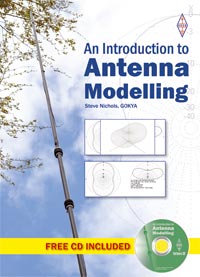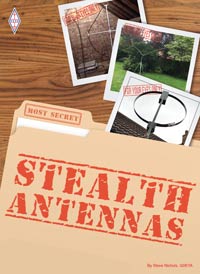 |
| UK ESA astronaut Tim Peake. Image: Steve Nichols |
Here is the full announcement:
The shortlist of UK schools that will have the opportunity to contact British ESA astronaut Tim Peake via amateur radio during his mission to the International Space Station (ISS) has been revealed today at the UK Space Conference.
Tim will launch to the ISS in December of this year and will spend six months working and living in space. The Amateur Radio competition is a collaboration between the UK Space Agency, the Radio Society of Great Britain (RSGB) and the European Space Agency (ESA).
Selected schools will host a direct link-up with the ISS during a two-day, space-related STEM workshop which will be the culmination of a large range of learning activities using space as a context for teaching throughout the curriculum.
ARISS UK (Amateur Radio on the International Space Station) will provide and set up all necessary radio equipment such as low earth orbit satellite tracking antennas and radios, to establishing a fully functional, direct radio link with the ISS from the schools’ very own premises. In a ten-minute window when the ISS will be over the UK, an amateur radio contact will be established with Tim, and students will be able to ask him questions about his life and work on board the ISS.
Owing to the nature of scheduling the links, which is dependent on geography, the exact orbit of the ISS and the crew schedules, the exact dates and times for possible links will not be known until 2 weeks before the link up is scheduled. The shortlisted schools will all be prepared for such scheduling challenges and, by having a number of schools, we can ensure that all links are used.
Jeremy Curtis, Head of Education at the UK Space Agency, said: “We’re delighted with the amount of interest in this exciting project and look forward to working with the selected schools as they make a call into space.
“Both Tim’s space mission and amateur radio have the power to inspire young people and encourage them into STEM subjects. By bringing them together we can boost their reach and give young people around the UK the chance to be involved in a space mission and a hands-on project that will teach them new skills.”
The following schools have been shortlisted for a possible ARISS call with Tim whilst he is in orbit on the ISS:
- Ashfield Primary School, Otley, West Yorkshire
- The Derby High School, Derby
- The Kings School, Ottery St Mary
- Norwich School, Norwich
- Oasis Academy Brightstowe, Bristol
- Powys Secondary Schools Joint, Powys
- Royal Masonic School for Girls, Rickmansworth
- Sandringham School, St Albans
- St Richard’s Catholic College, Bexhill-on-Sea
- Wellesley House School, Broadstairs
John Gould, G3WKL, President of the RSGB, said: “The Radio Society of Great Britain will be delighted to support shortlisted schools by teaching their pupils about amateur radio and helping them through their licence exams where appropriate. Members of our Youth Committee are based across the UK and will be keen to visit the chosen schools in their area and chat to the pupils.”
The ARISS UK Operations team will now work with the shortlisted schools to prepare them for this exceptional opportunity during the mission of the first British ESA Astronaut.












